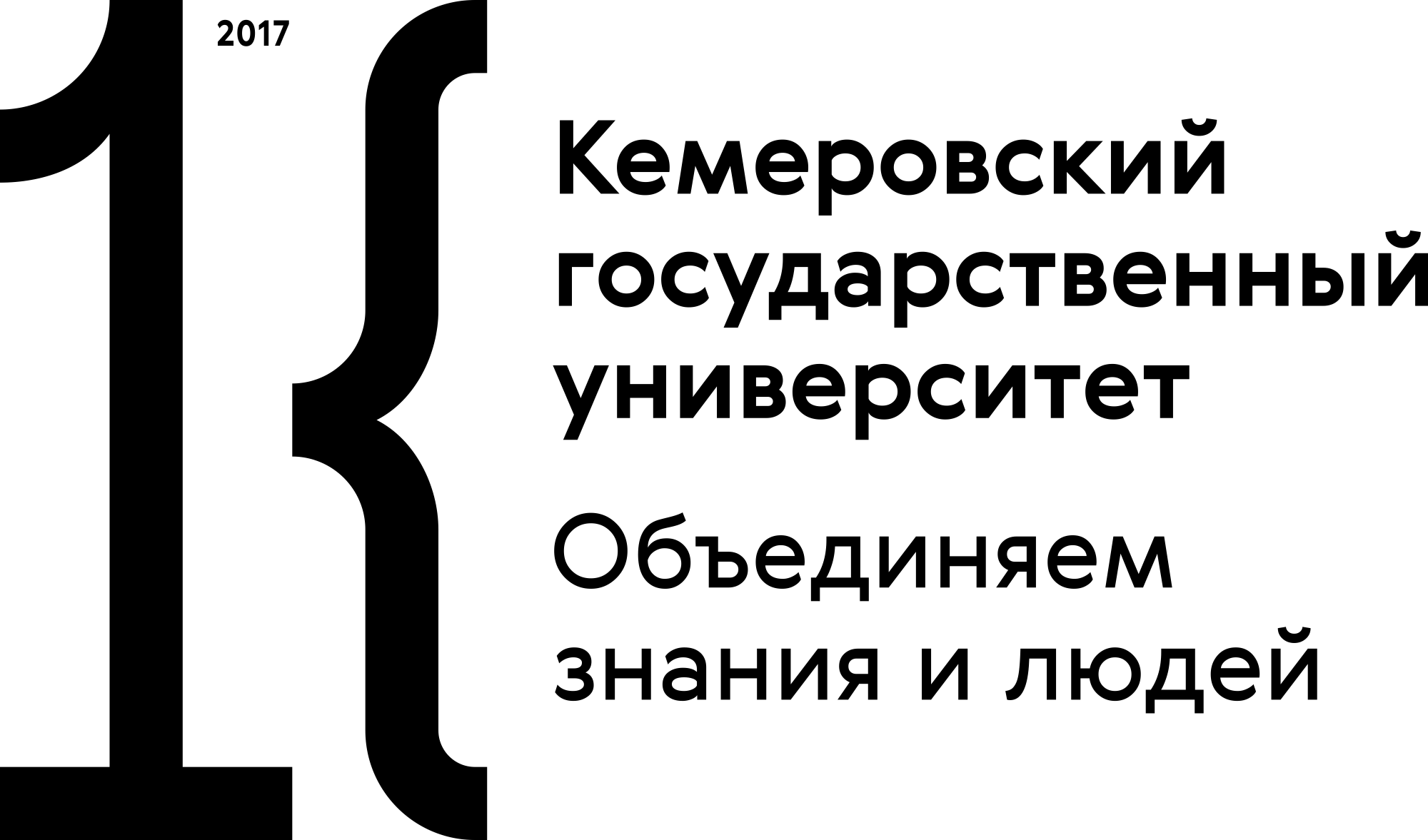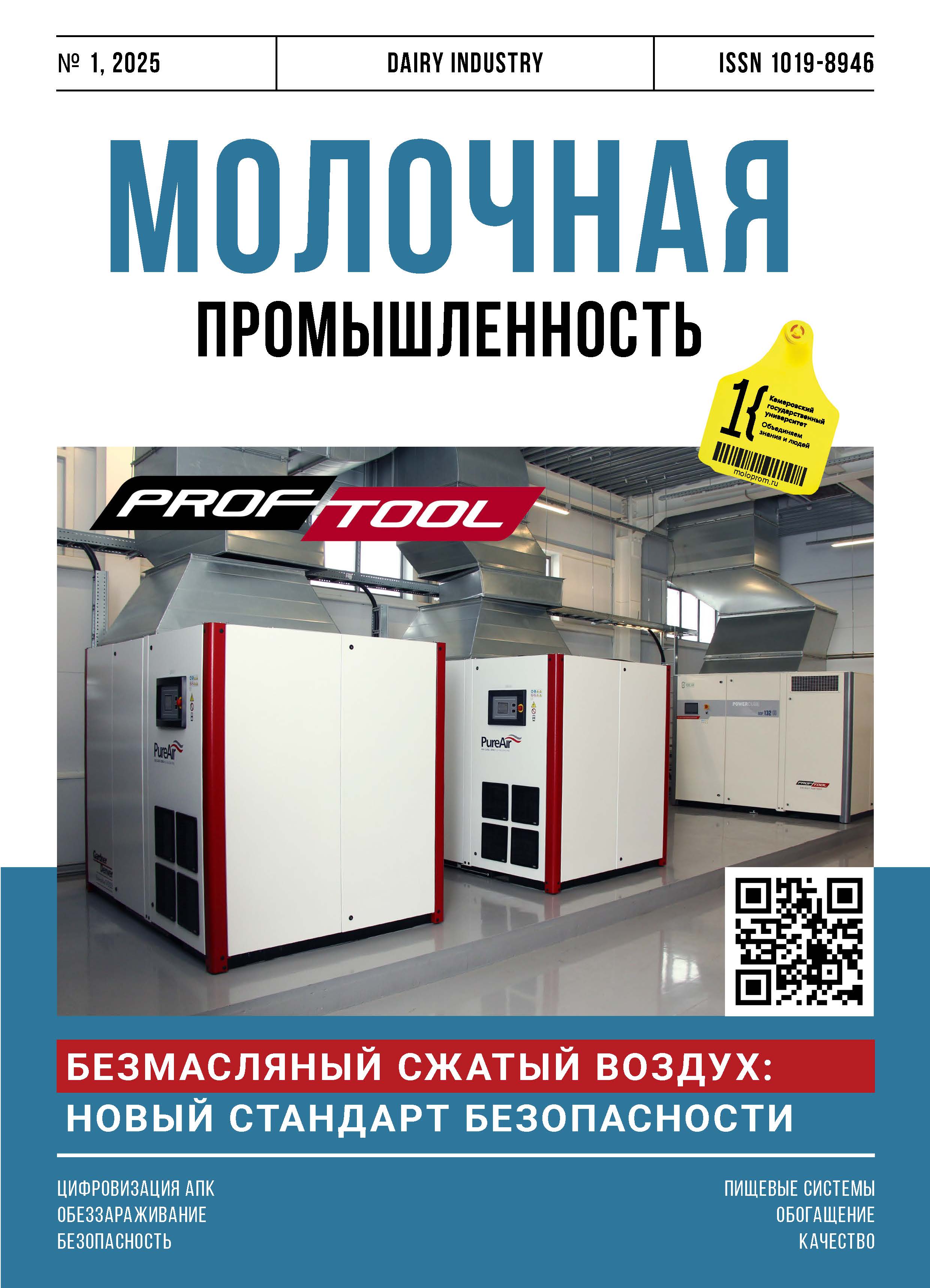Stavropol, Russian Federation
Stavropol, Russian Federation
Stavropol, Russian Federation
Stavropol, Russian Federation
Stavropol, Russian Federation
Stavropol, Russian Federation
Ferrous ascorbate nicotinate has a concentration-dependent effect on the sensory and physicochemical profile of milk. In this study, it was synthesized using a mechanochemical method with such reagents as ascorbic acid, nicotinic acid, iron (ii) sulfate, and barium hydroxide 8-water. Different concentrations of ferrous ascorbate nicotinate had no significant effect on active acidity, surface tension, titratable acidity, and electrical conductivity. However, the radius of the particles in the colloidal phase depended on the concentration of the ironcontaining additive. At 30 and 50 % daily iron intake, the chelate iron complex resulted in the smallest hydrodynamic radius of the micelles in the dispersed phase of milk. As for the hydrodynamic radius, the milk samples had a monomodal particle distribution. As for the sensory profile, the new product was slightly different from the control sample in taste and smell. The best sensory score belonged to the samples with iron chelate complex containing 10, 30, and 50 % daily iron intake. At 10 %, the color was milky white. At 100 %, it turned pinkish, i.e., the color of chelated iron. In general, the new milk product fortified with ferrous ascorbate nicotinate demonstrated good consumer properties.
milk, ferrous ascorbate nicotinate, physicochemical properties, sensory profile, micelles, hydrodynamic radius
1. Kodencova, V. M. Obespechennost' naseleniya Rossii mikronutrientami i vozmozhnosti ee korrekcii. Sostoyanie problemy / V. M. Kodencova, O. A. Vrzhesinskaya, D. V. Risnik [i dr.] // Voprosy pitaniya. 2017. T. 86. № 4. S. 113–124. https://elibrary.ru/zftklt
2. Skal'nyy, A. V. Mikroelementy: bodrost', zdorov'e, dolgoletie / A. V. Skal'nyy. – M.: Eksmo, 2010. – 286 s.
3. Djordjevic, B. Vitamins, microelements and the immune system: Current standpoint in the fight against COVID-19 / B. Djordjevic [et al.] // British Journal of Nutrition. 2022. Vol. 128(11). https://doi.org/10.1017/S0007114522000083
4. Renata, R. B. N. Immunomodulatory role of microelements in COVID-19 outcome: a relationship with nutritional status / R. B. N. Renata [et al]. // Biological trace element research. 2023. Vol. 201(4). P. 1596–1614. https://doi.org/10.1007/s12011-022-03290-8
5. Pasricha, S. R. Iron deficiency / S. R. Pasricha [et al.] // The Lancet. 2021. Vol. 397(10270). P. 233–248. https://doi.org/10.1016/s0140-6736(20)32594-0
6. Lungu, I. I. A review of essential microelements in the immune system / I. I. Lungu, [et al.] // International Journal of Immunology. 2022. Vol. 10(1). P. 1–4. https://doi.org/10.11648/j.iji.20221001.11
7. Camaschella, C. Iron deficiency / C. Camaschella // Blood, The Journal of the American Society of Hematology. 2019. Vol. 133. №. 1. P. 30–39. https://doi.org/10.1182/blood-2018-05-815944
8. Blinov, A. V. Askorbatotreoninat zheleza (II)–novaya helatnaya forma essencial'nogo zheleza dlya obogascheniya produktov pitaniya / A. V. Blinov, A. B. Golik, A. A. Gvozdenko // Industriya pitaniya. 2024. T. 9. №. 1. S. 82–90. https://doi.org/10.29141/2500-1922-2024-9-1-9; https://elibrary.ru/yvppga
9. Minzanova, S. T. Complexation of pectin with macro-and microelements. Antianemic activity of Na, Fe and Na, Ca, Fe complexes / S. T. Minzanova [et al.] // Carbohydrate polymers. 2015. Vol. 134(10). P. 524–533. https://doi.org/10.1016/j.carbpol.2015.07.034
10. Wu, W. Food protein-derived iron-chelating peptides: The binding mode and promotive effects of iron bioavailability / W. Wu [et al.] // Food Research International. 2020. Vol. 131. 108976. https://doi.org/10.1016/j.foodres.2020.108976
11. Xu, P. Ascorbic acid enhanced the zero-valent iron/peroxymonosulfate oxidation: Simultaneous chelating and reducing / P. Xu [et al.] // Separation and Purification Technology. 2022. Vol. 298. 121599. https://doi.org/10.1016/j.seppur.2022.121599
12. Blinov, A. V. Funkcional'nyy molochnyy napitok, obogaschennyy askorbatoizoleycinatom zheleza (II) / A. V. Blinov, D. G. Maglakelidze, A. A. Gvozdenko [i dr.] // Industriya pitaniya. 2023. T. 8. №. 3. S. 87–96. https://doi.org/10.29141/2500-1922-2023-8-3-9; https://elibrary.ru/qrqpfk
13. Rozanova, T. P. Rynok moloka i molochnoy produkcii Rossii: tendencii i perspektivy / T. P. Rozanova, A. N. D. Magomedov // Vestnik Rossiyskogo ekonomicheskogo universiteta im. G.V. Plehanova. 2013. №. 2(56). S. 45–54. https://elibrary.ru/pwgxvh
14. Rzhepakovsky, I. Anti-arthritic effect of chicken embryo tissue hydrolyzate against adjuvant arthritis in rats (X-ray microtomographic and histopathological analysis) / I. Rzhepakovsky [et al.] // Food Science & Nutrition. 2021. Vol. 9(10). P. 5648–5669. https://doi.org/10.1002/fsn3.2529
15. Blinov, A. V. Vliyanie nanochastic selena na organolepticheskie pokazateli i hranimosposobnost' kislomolochnogo napitka / A. V. Blinov, I. A. Evdokimov, A. D. Lodygin [i dr.] // Molochnaya promyshlennost'. 2024. № 5. S. 26–30. https://doi.org/10.21603/1019-8946-2024-5-7; https://elibrary.ru/mgpwmz
16. Kostenko, K. V. Optimizaciya tehnologii polucheniya funkcional'nogo molochnogo napitka, obogaschennogo essencial'nym mikroelementom cinkom / K. V. Kostenko, A. V. Blinov, F. A. Poydun [i dr.] // Industriya pitaniya. 2024. T. 9, № 3. S. 79–89 https://doi.org/10.29141/2500-1922-2024-9-3-8; https://elibrary.ru/szmubr
17. Blinov, A. V. Askorbatotreoninat zheleza (II) - novaya helatnaya forma essencial'nogo mikroelementa zheleza / A. V. Blinov, A. B. Golik, A. A. Gvozdenko [i dr.] // Industriya pitaniya. 2024. T. 9, № 1. S. 82–90. https://doi.org/10.29141/2500-1922-2024-9-1-9; https://elibrary.ru/yvppga






